Tags: Solar eclipse
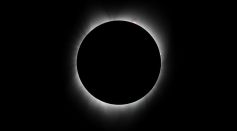
From 'Ring of Fire' to Total Solar Eclipse: What To Expect From the Upcoming Celestial Meeting Next Year

What To Expect During a Solar Eclipse? 10 Unusual Phenomena to Look Out for This Weekend
NASA To Launch 3 Sounding Rockets During Annular Solar Eclipse To Measure Changes in Atmosphere

Ring of Fire: Northwestern U.S. to Brazil May Witness the Spectacular Annular Total Solar Eclipse This Month

Crescent Moon, Earthshine, and More: Here's What To Look Forward to in the Night Sky This Week
Ring of Fire Solar Eclipse Coincides With Albuquerque Balloon Fiesta: Here’s What To Expect During the Rare Sighting

Annular Solar Eclipse 2023: North America's First 'Ring of Fire' To Be Visible From Eight US States; Here's How To Watch

'Star Wars' Comet Expected To Appear During 2024 Full Solar Eclipse Is Now Headed for Earth As It Increased Brightness After Volcanic Eruption

'Star Wars Comet' 12 P/Pons-Brook Is Scheduled for a Total Solar Eclipse After Its 71-Year Orbit

Rare Hybrid Total Solar Eclipse Set to Happen Next Week: Here's What You Need to Know
What Is Ningaloo Eclipse? Everything You Need To Know About the Only Total Solar Eclipse in 2023
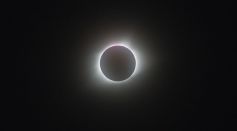
NASA Reveals Map of Solar Eclipses To Watch Out For; Here's When and Where You Can Spot Them
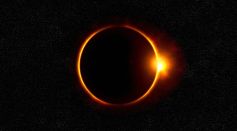
Ring of Fire, Total Eclipse To Take Place This 2023; Here's When and Where You Can Catch a Glimpse of Them
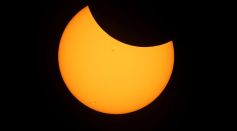
October 2022 Partial Solar Eclipse: Where, When to Watch Before Halloween Season
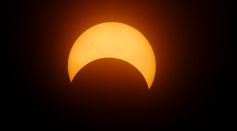
NASA Videos on Mars Show What Solar Eclipse Looks Like on the Red Planet
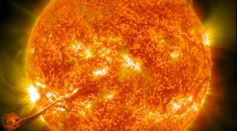
NASA Captures Solar Eclipse Visible Only on Solar Dynamics Observatory From Space
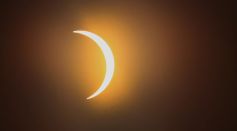
NASA GOES-16 Satellite Shares Never Been Seen Perspective of Solar Eclipse in Space [Watch]

Partial Solar Eclipse in April 2022: Black Moon Will Block the Sun This Week, Here’s How to Watch Stunning Phenomenon
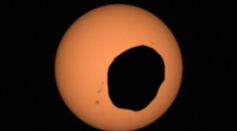
NASA Mars Perseverance Rover Captures Stunning Solar Eclipse in the Red Planet [Look]

Upcoming Total Solar Eclipse in 2024 a Must-Watch, Celestial Event Will Not Be Visible in the US Until 2045
Most Popular

Trump Administration Declares COVID-19 Likely Originated from Wuhan Lab Leak, Citing Scientific Evidence

Largest Known Volcanic Aquifer Discovered Beneath Oregon's Cascades

New 'Supergiant' Sea Bug Found in South China Sea, Named After Darth Vader

Mediterranean Sea Was Refilled by a Catastrophic Flood Millions of Years Ago





